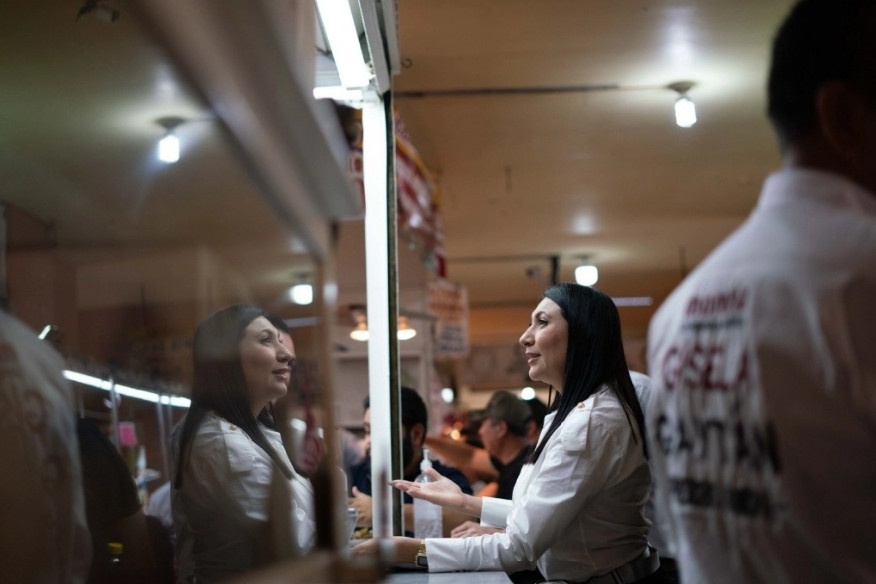Mexico City. All health proposals that have been deployed in the presidential campaigns are committed to universality, whether with exclusively public participation or with private support. However, how to finance this coverage has remained ambiguous, in the repetition of formulas that have not been proven effective, it has not even been explained where the resources would come from to achieve it, stated the Center for Economic and Budgetary Research (CIEP). .
Currently, less than 3 percent of the GDP is spent on the different health systems in Mexico, while the international recommendation is 6 percent and, according to projections due to demographic transmission, the health budget requirements in the country could reach 10 percentage points of what the economy generates between 2030 and 2035.
Currently, health spending is below what is allocated to pensions or the financial cost of debt. Among the delays caused by the system are the low level of investment despite the approved reforms; the inequality between people with and without social security – for example, in Pemex the per capita expenditure is 7.8 times that allocated to a person in IMSS-Bienestar – and the absence of a sustainable financing source that considers the current demographic and epidemiological situation, explained the CIEP.
Judith Méndez, specialist in health and public finance at CIEP, explained that this administration promised to increase health spending by one percent, but that goal will not be achieved. Even with what is budgeted for 2024, if it is spent according to plan, this goal will remain only 0.6 percent advanced. With the change of administration and a series of proposals that once again announce gratuity, the researcher exposed the shortcomings in how these programs will be financed.
Claudia Sheinbaum, candidate of the Let’s Keep Making History coalition (Morena, Labor Party and Green Ecologist Party of Mexico), proposes affiliation from birth to the Public Health Service for Well-being, which includes vaccines, preventive care, medical care, studies laboratory tests, surgeries, and free medications.
What Sheinbaum has stated assumes that it is proposed to finance this free birth with a continuation of “republican austerity”, which was the flag of this administration, and with the digitalization of the government, as well as with a policy of “I create corruption.” Mendez noted that at least between 2018 and 2024 these measures have not been sufficient to increase the budget and this is reflected in less attention.
As for Xóchitl Gálvez, the candidate of Fuerza y Corazón por México (PRI, PAN and PRD), a Comprehensive Health System is proposed that provides public, social and private services. You can receive public or private care indistinctly through a “My Health Card” to attend the clinic you want and receive all the medicines and all the treatments.
The CIEP stated that providing this type of care would imply an increase of one percentage point of GDP in spending, but the candidate has not specified where the resources will come from to finance this type of coverage.
Jorge Álvarez, Citizen Movement candidate, has proposed a Health System to guarantee universal access and complete medical treatments, with a larger budget, better working conditions, better infrastructure and quality services; as well as regulated participation of the private sector. This through “guaranteeing financial viability”, it is not specified how, and redesigning the worker-employer quota scheme, compiled by the CIEP.
#Campaign #proposals #health #sector #ambiguity #CIEP
– 2024-04-10 04:13:19


